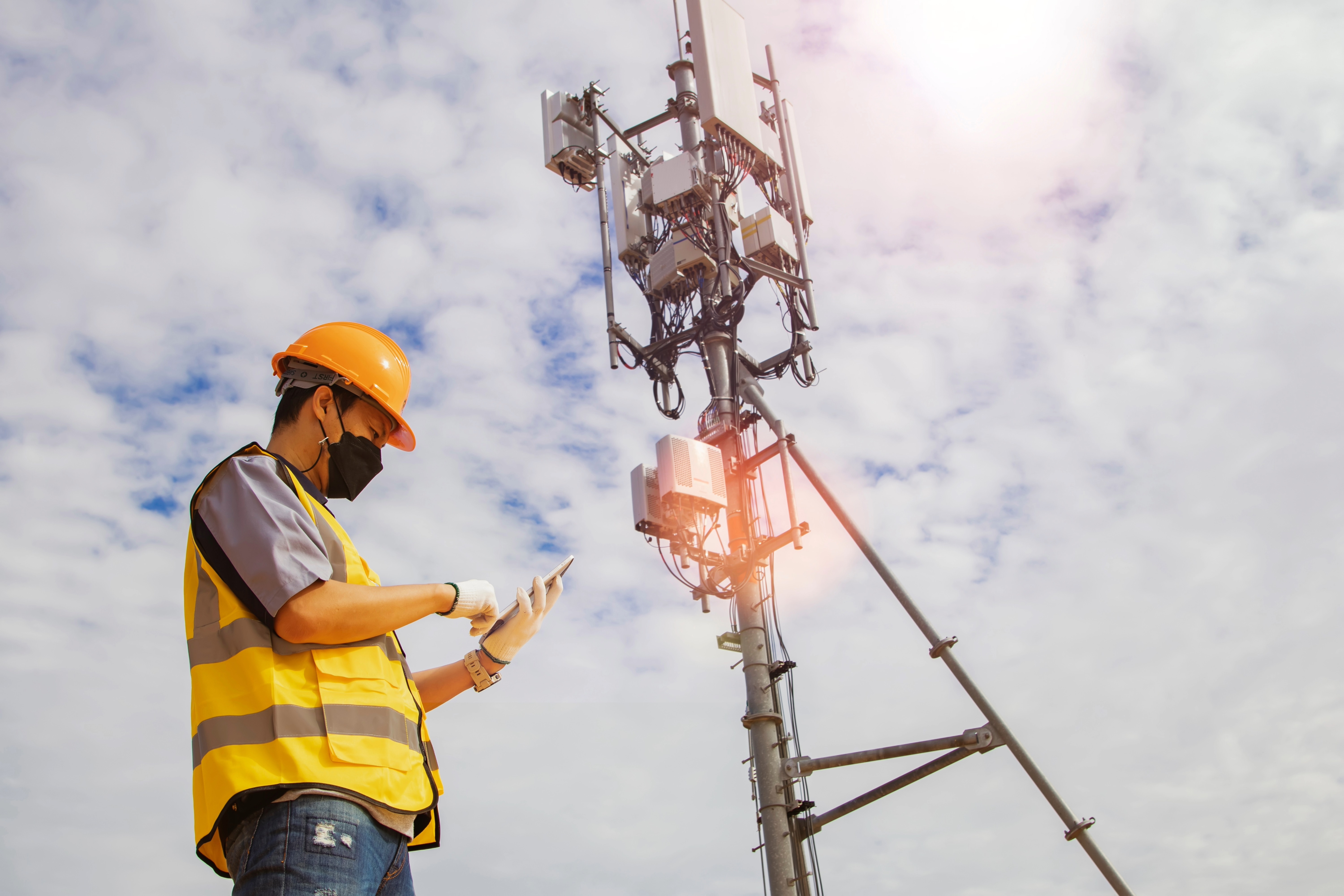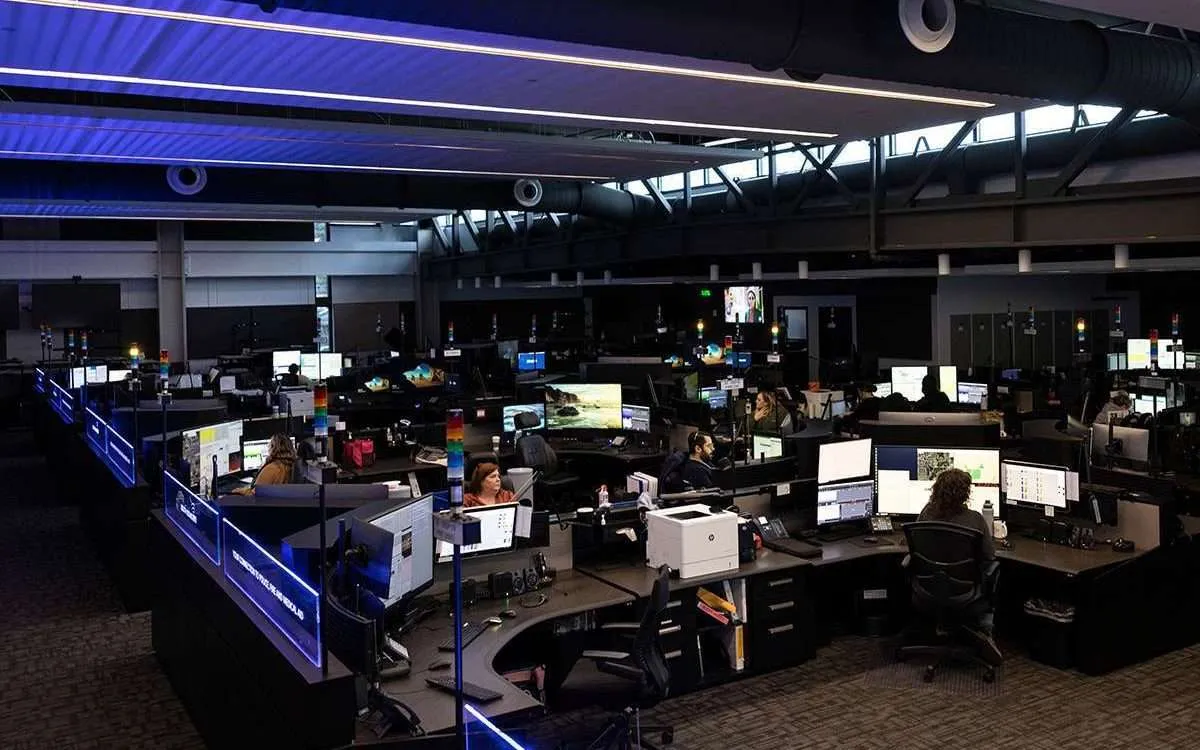For municipal governments, the 311 non-emergency line is a critical link to the community. It’s the primary channel for residents to report issues, request services, and get information.
However, traditional, manual-heavy 311 systems are struggling to keep pace with rising public expectations and operational complexities. The result is often a cycle of unresolved requests, frustrated constituents, and ever-growing backlogs that strain municipal resources.
This operational friction not only undermines service quality but also erodes public trust. The solution lies in strategic modernization. In this blog post, we'll go over:
The issues with manual 311 The consequences of inefficient 311 How AI can help automate and modernize 311 operations to deliver superior service Let's dive in!
The Cracks in Manual 311 Operations Many 311 contact centres operate with legacy processes that create bottlenecks and inefficiencies at every stage. While agents work diligently, the system itself is often the source of the problem. These challenges are not isolated; they compound to create significant service delivery failures.
Common Pain Points in Traditional Systems Limited Hours of Operation: Most call centres are staffed during standard business hours, leaving residents unable to report urgent but non-emergency issues like a fallen tree limb blocking a road after a storm overnight.Long Hold and Wait Times: During peak periods or unexpected events, call volumes surge. Without scalable resources, constituents face long waits, leading many to abandon their attempts.Repetitive and Inefficient Triage: Agents spend a significant portion of their time asking the same preliminary questions for every call (What is the issue? Where is it located? What is your name and number?) before they can even begin to diagnose the core request.Siloed Departmental Systems: A pothole report may need to go to Public Works, a bylaw complaint to Enforcement, and a missed garbage pickup to Sanitation. When these departments use different, disconnected systems, agents must manually relay information, often leading to data loss or transcription errors.Time-Consuming Manual Data Entry: Every piece of information gathered from a constituent must be manually entered into one or more systems. This process is slow, prone to human error, and diverts agent time from more complex, value-added tasks.Inconsistent Issue Categorization: Two different agents might classify a “damaged street sign” under different categories like “Road Maintenance” or “Public Safety.” This inconsistency makes it difficult to track trends, allocate resources effectively, and generate reliable reports.Language Barriers: Serving diverse, multilingual communities with a limited number of bilingual agents is a significant challenge. This can prevent non-English speakers from accessing essential city services.Slow or Non-Existent Follow-Up: Once a request is passed to a department, the 311 agent often loses visibility. Residents who call back for an update are met with uncertainty, as agents have no easy way to check the status of a work order.The Consequences of Poor 311 These operational hurdles have direct and damaging consequences. A simple request can get bogged down in manual processes, illustrating how quickly a small issue can escalate.
Consider a pothole report. A resident calls 311, waits on hold for 15 minutes, and finally speaks to an agent. The agent manually collects the details and creates a ticket. That ticket is then emailed to a general inbox for the Public Works department, where it sits unread for a day. When it’s finally opened, the supervisor realizes the location description is vague. An employee must now call the resident back for clarification, initiating another round of phone tag. By the time the work order is properly created and assigned, several days have passed, and the initial Service Level Agreement (SLA) has been breached. The pothole remains, and the resident’s confidence in their city’s responsiveness diminishes.
This scenario repeats across all service types, from bylaw infractions and road repair requests to missed recycling pickups. The cumulative effect is severe:
Growing Service Backlogs: Inefficient intake and processing mean requests pile up faster than they can be resolved.Unresolved Requests and Breached SLAs: Bottlenecks lead directly to missed deadlines and unresolved tickets, creating a poor constituent experience.Constituent Frustration and Loss of Trust: When residents feel their concerns are ignored, their trust in local government erodes. They may stop reporting issues altogether, leaving the city blind to critical infrastructure problems.Strained Municipal Resources: Staff spend their time on low-value administrative tasks instead of problem-solving, leading to burnout and high operational costs.The Solution: Transform 311 with Intelligent AI Automation AI automation provides a powerful solution to these systemic challenges. By integrating intelligent tools like Symphona
How AI Elevates 311 Service Delivery 24/7 Multilingual Intake: AI-powered channels like chatbots and voicebots, such as those enabled by Symphona Converse Intelligent Intent Detection and Smart Routing: AI analyzes the resident’s initial request to understand its intent. It automatically classifies the issue and routes it to the correct department without manual intervention. For example, it can distinguish between a "road repair request" and a "bylaw infraction report" and send the ticket directly to the appropriate team's workflow.Automated Status Updates: Residents can check the status of their requests anytime via an AI agent, which can access backend systems to provide real-time updates. This self-service option frees up human agents from handling routine follow-up calls.Instant Answers for FAQs: A significant portion of 311 inquiries are simple questions like "When is my next recycling day?" or "What are the pool hours?" AI can pull answers directly from a knowledge base, providing instant responses and deflecting calls from live agents.Automated Data Collection and De-duplication: An AI Agent can guide a resident through providing all necessary information, ensuring complete and accurate data capture. The system can also identify duplicate reports for the same issue (e.g., multiple calls about the same pothole) and consolidate them into a single ticket.Dynamic Priority Scoring: AI can be configured to analyze incoming requests and assign a priority score based on factors like public safety risk, location, and the number of duplicate reports. This helps departments focus on the most urgent issues first.Advanced Analytics for Planning: By capturing and structuring vast amounts of data, AI provides city leaders with clear insights into service trends, neighbourhood-specific issues, and operational performance. This data can inform resource allocation, infrastructure planning, and staffing decisions.In practice, teams that deploy AI automation often see a substantial reduction in average handle time and a significant increase in first-contact resolution rates. In many deployments, automation can reduce the manual effort tied to initial intake and triage by over 80%.
311 Doesn't Need to be Full of Headaches and Tears Integrating AI is not about replacing human agents but augmenting their capabilities. By automating repetitive, administrative tasks, AI frees up your municipal staff to focus on complex cases, community engagement, and proactive problem-solving. This creates a more efficient, responsive, and resilient 311 system.
With tools like Symphona by SimplyAsk.ai,
Ready to learn more? Book a free consultation with us Symphona's other use cases for local government.
.svg)

.svg)


.svg)





.avif)
.avif)





.svg)







.svg)

.svg)
.svg)
